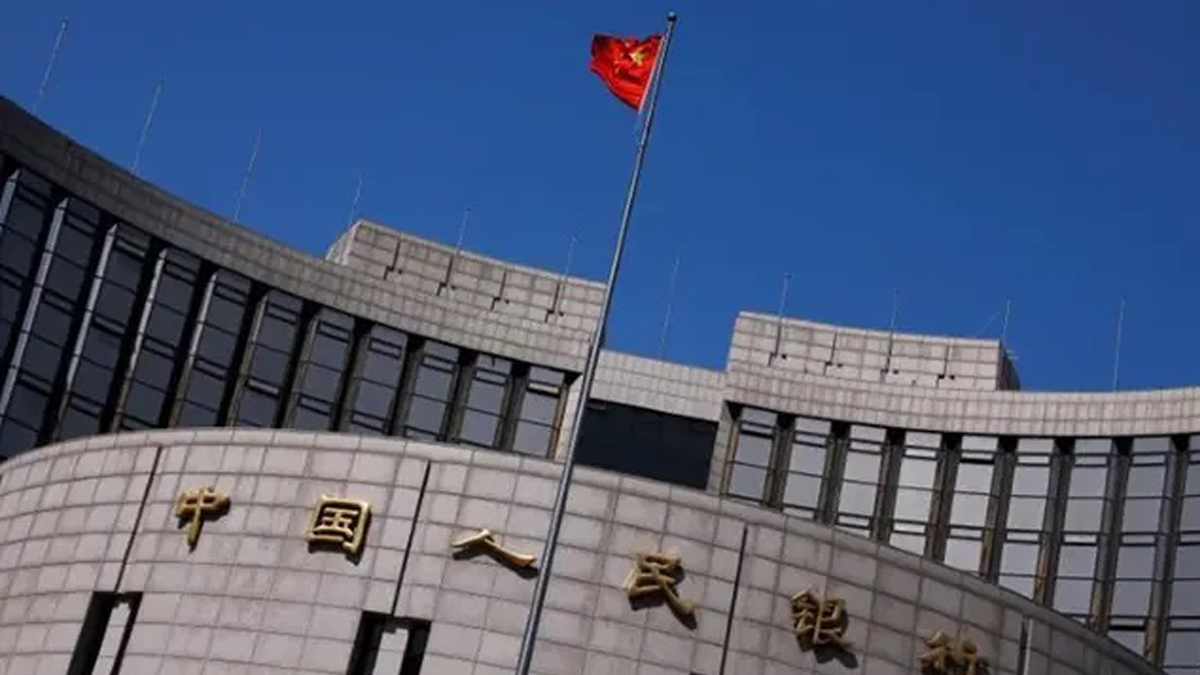
China’s Central Bank Holds Lending Rates Amid Sluggish Financing and Economic Concerns

The People’s Bank of China (PBOC) on Tuesday kept its two benchmark lending rates unchanged for the month, as financing extended by Chinese banks reached its lowest level in nearly 15 years, signaling ongoing economic challenges.
The PBOC maintained the one-year loan prime rate (LPR) at 3.35% and the five-year LPR at 3.85%. Both rates were previously cut by 10 basis points in July.
The one-year LPR is a key benchmark for corporate lending, while the five-year LPR serves as a reference rate for mortgages. Despite these cuts, demand for financing among businesses and households remains weak, exacerbated by a prolonged housing market slump.
In July, new yuan-denominated lending dropped by 25% from the previous year, totaling 260 billion yuan ($36.4 billion) on a net basis—the lowest level recorded since October 2009.
Long-term loans plummeted by approximately 30%, largely due to sluggish condominium sales. Meanwhile, business loans, including those for capital investments, fell by more than half.
A survey conducted by the PBOC, involving around 3,200 banks, revealed that borrowing demand from both corporate and household sectors reached an all-time low during the April-June quarter.
To boost profitability, banks have started reducing costs associated with deposits. Instead of borrowing, some businesses are now drawing down their deposits to use as working capital.
The M1 money supply, which includes cash in circulation and corporate demand deposits, fell by 6.6% in July compared to the same month last year, further highlighting the weak demand for financing.
Speculation is growing among market participants that the PBOC may ease its monetary policy again before the end of the year in an effort to stimulate the economy. Potential measures could include increasing the money supply by lowering lending rates or reducing the reserve requirement ratio.
However, several obstacles could complicate such easing measures. The profit margin at commercial banks was reported at 1.54% in June by the National Financial Regulatory Administration, remaining at record lows and virtually unchanged since March.
Further reductions in prime lending rates could exert additional downward pressure on banks’ interest rates and profitability. This could, in turn, complicate the disposal of nonperforming loans, thereby heightening financial risks.
As China’s economy faces ongoing headwinds, the central bank’s decisions will be closely watched for indications of future policy shifts aimed at stabilizing the financial system and supporting growth.












Comments